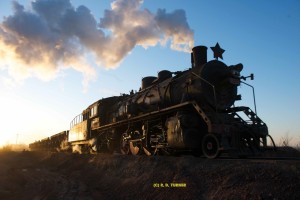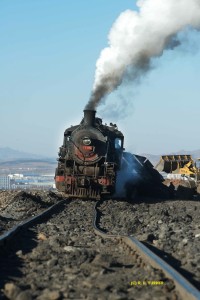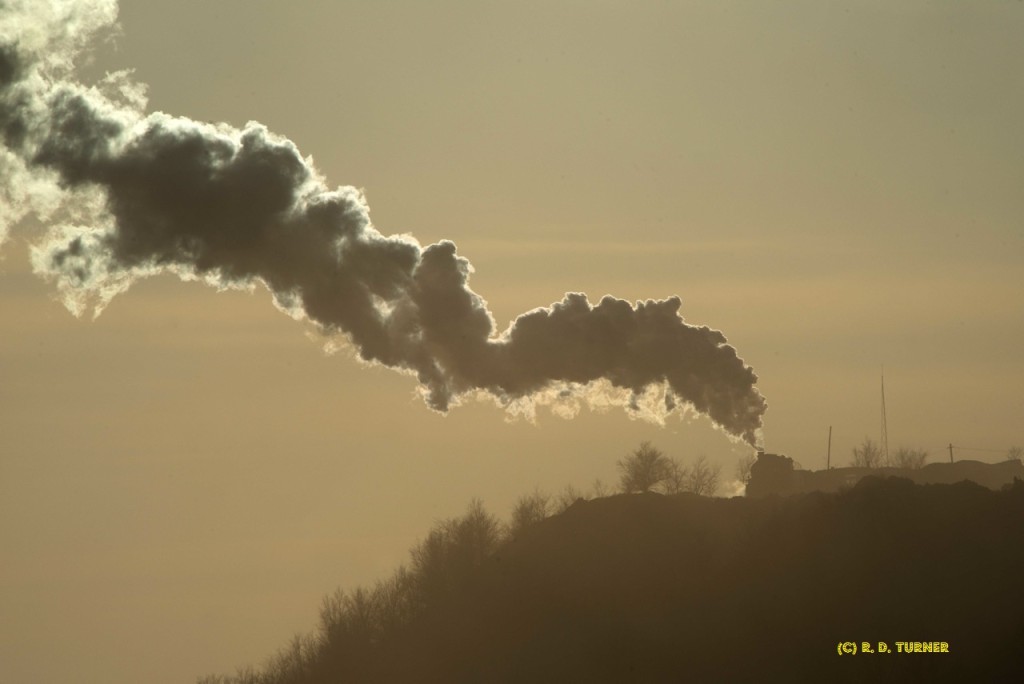-
China Travels, January 2016
- Posted on January 19, 2016
- by webmaster
- in Bob's News
- Comments Off on China Travels, January 2016
Steam is all but gone from the railways of China and for one “last” opportunity for photography I visited Fuxin in northeast China at the beginning of January. I travelled with several friends from the UK and one from New Zealand. Fuxin is one of the last two places in China were steam locomotives are still used in an extensive way on a daily basis. The other is Sandaoling, many miles to the west, where I’ve also visited many times. Both are coal mining districts with vast open cast mines and deep mines served by a local rail network. Fuxin uses the Chinese SY type of 2-8-2 while Sandaoling uses the JS type. Coal is no longer mined from the huge Fuxin open pit, upon whose edge the city rests along with its major coal-fired power station whose smokestacks and cooling towers dominate the skyline. However, the pit is now used to dump waste rock from the nearby Wulong deep mine and there is some evidence of slope restoration and tree planting in other parts of the mine site. When you stand on the edge of the pit and scan the size of this once busy mine, it is hard to image how something so huge could have been dug out of the earth. But thousands of miners once worked here and there was an extensive electric railway system that spiraled down to the depths of the pit. Not far away there is the counterpoint to the pit: the mountain of mine waste removed to uncover the seams of coal that made the pit productive.
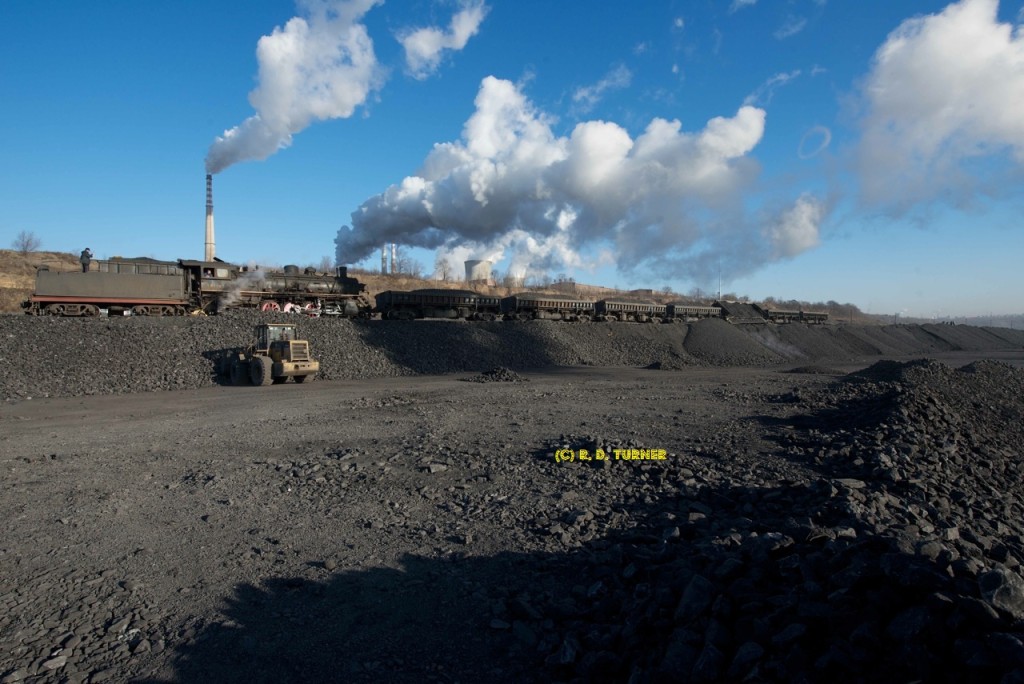
On the edge of Fuxin’s massive open cast mine, now being filled to some extent with waste from the Yulong Mine.
Fuxin’s railway is used seven days a week and the crews work 12-hour shifts, changing at about 8:00 am and again in the evening. When this happens, the crews bring their locomotives to a yard near the main workshops and turn them over to the new crews. Sometimes half a dozen locomotives are involved in this daily ritual and it is probably the largest gathering of working industrial steam locomotives anywhere. In mid-winter the shift change coincides with sunrise and the effects can be spectacular on a cold morning. At night, the shift change can be equally challenging and dramatic for photography.
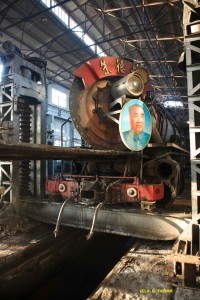
Fuxin railway shops, rebuilding an SY. Very few steam overhauls, aside from those on heritage railways are being carried out in 2016!
The nearby workshops are still busy with maintenance and more extensive overhauls, suggesting that for the immediate future Fuxin’s dependence on steam power may continue, perhaps as long as coal is still being produced at the Wulong mine. When will the last overhaul be carried out? No one can say, but to see one underway in January 2016 is very remarkable and from such a different industrial era from the ongoing vast expansion of high-speed railways in China that was so evident on our travels.
Beyond the railways, China continues its amazing transformation. Thousands of miles of high-speed railways are under construction. Cities are now characterized by extensive blocks of repetitive walk-up flats or apartments where once single story brick homes were the norm. Automobiles have replaced bicycles, and now quiet electric mini cabs and scooters are replacing the noisy and smoky motorcycles and tuck-tuck three-wheel taxis. People are much better dressed and seem well fed compared to when I first visited China back over 15 years ago. There is also more evidence of reforestation programs, there are fewer plastic bags blowing down the streets too.
If you enjoyed this article please consider sharing it!

